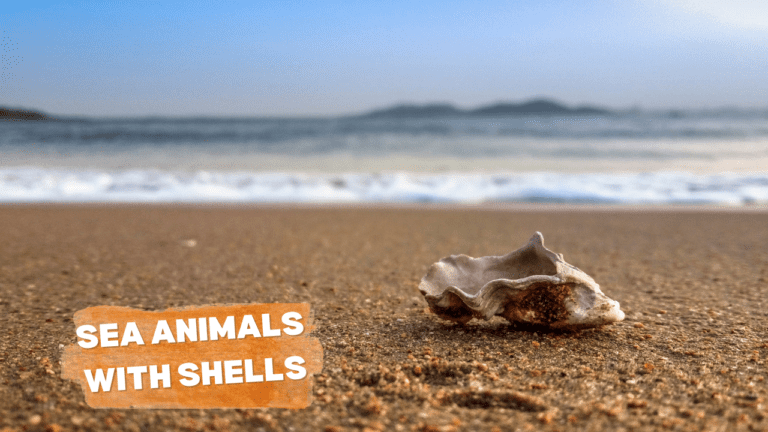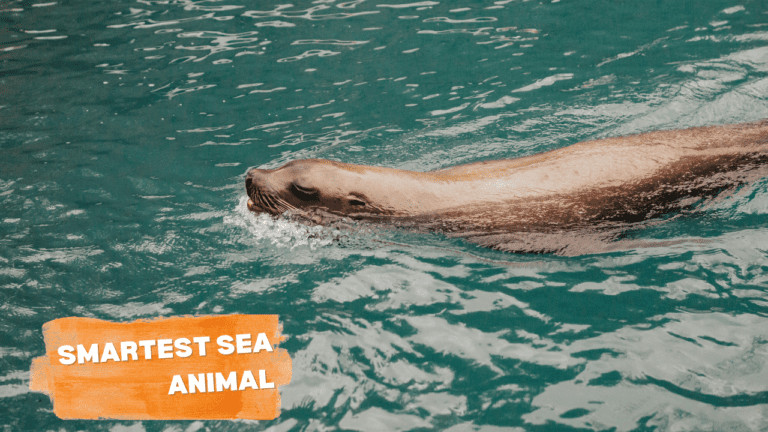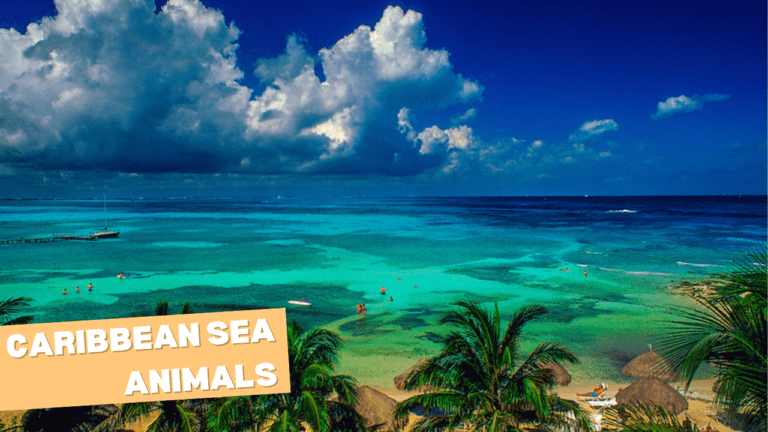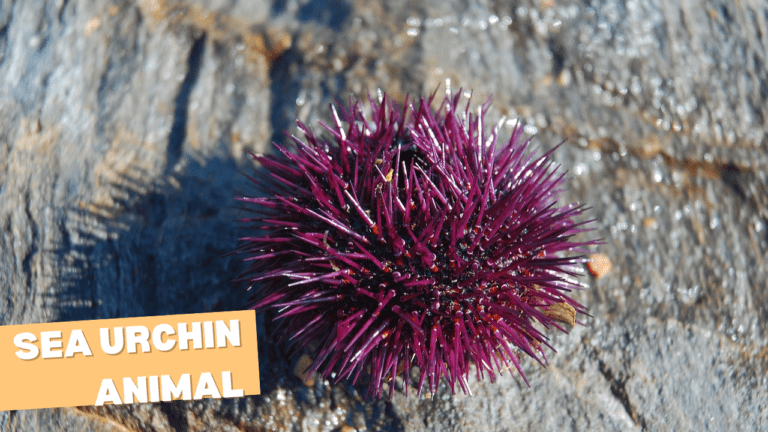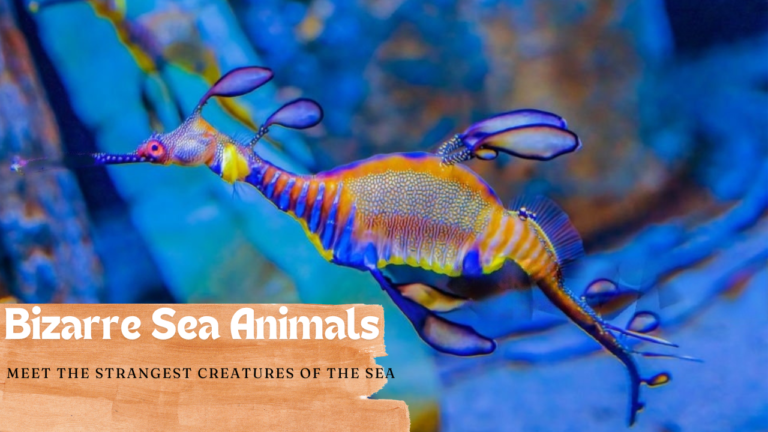10 Most Dangerous Sea Creatures| Explore and Fun
The ocean is a vast expanse that holds many marvels, but it is also home to some of the most dangerous creatures on the planet. From venomous predators to massive hunters, these sea dwellers can threaten humans who venture into their territories. In this article, we’ll explore the ten most dangerous sea creatures you should know, from their size and habitat to their feeding habits and locations.
”10 Most Dangerous Sea Creatures”
1. Box Jellyfish: The Silent Assassin
The box jellyfish, known as the “sea wasp,” is one of the most evil creatures in the ocean. Its sting can cause extreme pain, heart failure, and even death in a matter of minutes.
Size
Up to 10 feet long tentacles
Bell diameter up to 12 inches

Habitat
Coastal waters, often near beaches
Location
Primarily found in the waters of Australia and Southeast Asia
Feed
Small fish and crustaceans
The box jellyfish’s nearly transparent body makes it difficult to spot, and its venom can kill a human within minutes. It is considered the most venomous marine animal in the world.
2. Great White Shark: The Apex Predator
The great white shark is one of the most feared predators in the sea. It is known for its power, size, and sharp teeth.
Size
Up to 20 feet in length
Weighs over 5,000 pounds

Habitat
Coastal and offshore waters
Location
Found in oceans worldwide, particularly in America, South Africa, and Australia
Feed
Primarily seals, sea lions, and other marine mammals
Responsible for the highest number of shark attacks on humans, the great white shark’s sheer size and strength make it a formidable predator capable of delivering fatal bites.
3. Blue-Ringed Octopus: Small But Deadly
Despite its small size, the blue-ringed octopus is one of the most venomous sea creatures. Its vibrant blue rings are a warning sign of its lethal venom.
Size
5 to 8 inches
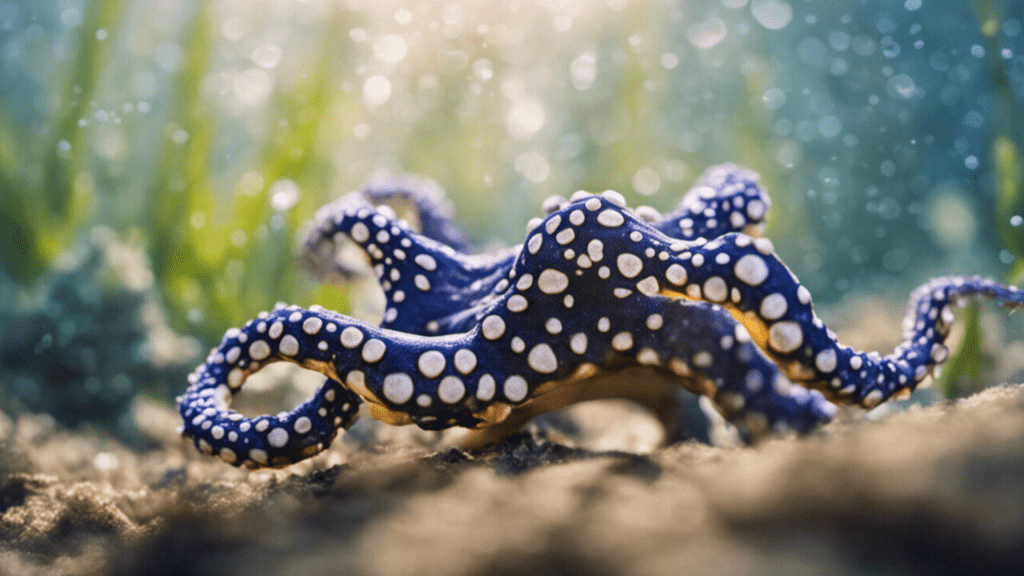
Habitat
Tide pools and coral reefs
Location
Pacific and Indian Oceans, especially around Australia and Japan
Feed
Small crustaceans, shrimp, and fish
Dive deeper into the mysteries of the sea universe and uncover the secrets of the 10 Oldest Sea Animals dive into their world to learn about them!
The blue-ringed octopus carries enough venom to kill 26 adult humans, and there is no known antidote. Its bite is often painless, making it even more dangerous as victims may not realize they’ve been bitten until it’s too late.
4. Stonefish: The Master of Disguise
The stonefish is notorious for its incredible camouflage abilities, blending in with the ocean floor. It is one of the most venomous fish in the world.
Size
Up to 20 inches
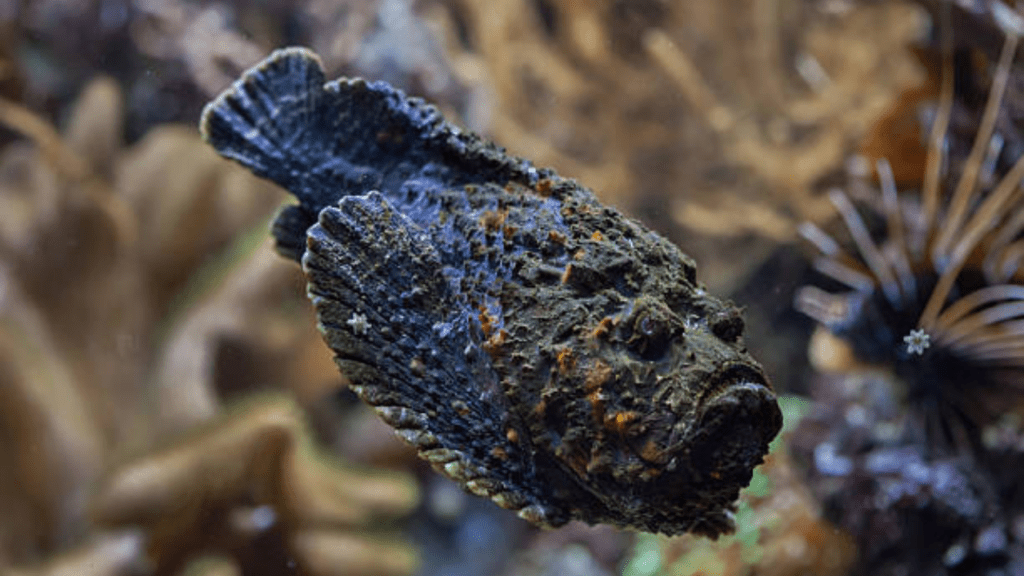
Habitat
Shallow waters, often on muddy or sandy sea floors
Location
Indo-Pacific region, including Australia and Southeast Asia
Feed
Small fish and shrimp
Stepping on a stonefish can be fatal, as its venomous spines can cause intense pain, paralysis, and death if not treated quickly. Its ability to blend in with the ocean floor makes it a hidden threat.
5. Cone Snail: The Beautiful Assassin
Cone snails may look harmless with their beautifully patterned shells, but they are among the most venomous creatures in the ocean.
Size
4 to 6 inches

Habitat
Warm, shallow waters, often near coral reefs
Location
Tropical and subtropical seas worldwide, particularly in the Indo-Pacific region
Feed
Small fish, marine worms, and other mollusks
The venom of a cone snail can paralyze and kill its prey almost instantly. For humans, a sting can lead to paralysis, respiratory failure, and death. There is no known antivenom, making it a deadly encounter.
6. Saltwater Crocodile: The Aggressive Giant
The saltwater crocodile is the largest living reptile, known for its immense size and aggressive behavior. It is one of the most dangerous animals to humans.
Size
Up to 23 feet in length
Weighs over 2,200 pounds
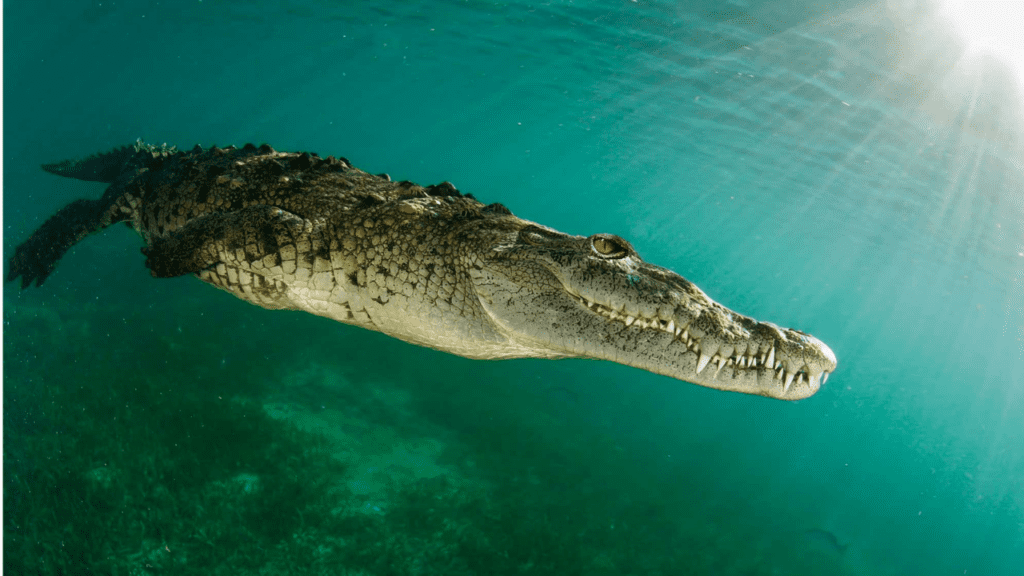
Habitat
Coastal areas, rivers, estuaries, and swamps
Location
Southeast Asia, Northern Australia, and the eastern coast of India
Feed
Fish, birds, mammals, and occasionally humans
Highly territorial and aggressive, saltwater crocodiles are responsible for numerous fatal attacks each year. Their powerful jaws can crush bones, and they are known to attack anything that enters their territory.
Dive deeper into the mysteries of the sea universe and uncover the secrets of the Top 10 Smartest Sea Animal dive into their world to learn about them!
7. Lionfish: The Invasive Menace
Lionfish are known for their striking appearance and venomous spines. They have become an invasive species, particularly in the Atlantic Ocean.
Size
Up to 15 inches
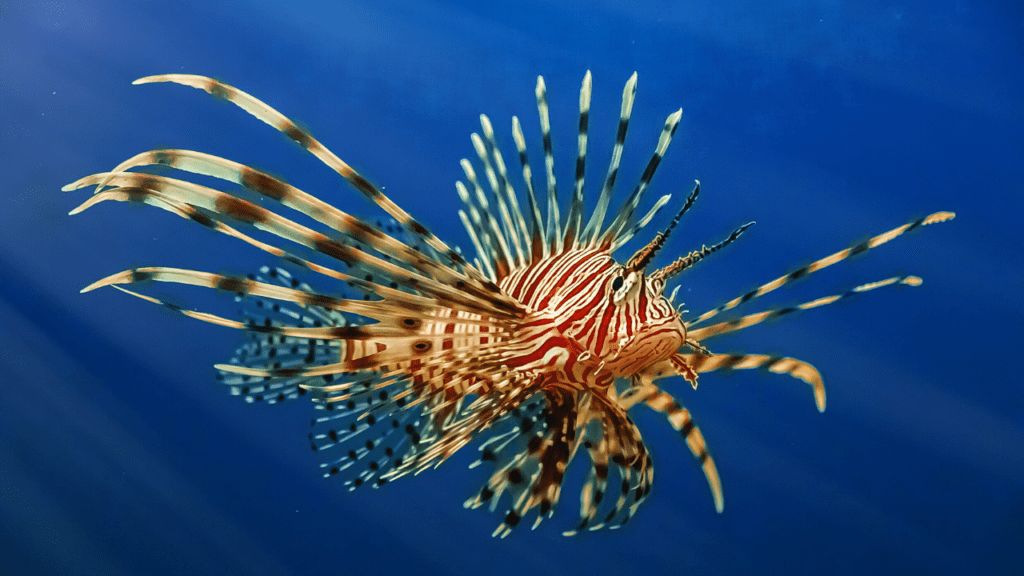
Habitat
Coral reefs, rocky crevices, and under ledges
Location
Originally from the Indo-Pacific, now widespread in the Atlantic Ocean
Feed
Small fish and invertebrates
The venomous spines of lionfish can cause extreme pain, swelling, and in some cases, heart failure. They are also a significant threat to marine ecosystems due to their rapid reproduction and lack of natural predators in invaded areas.
8. Portuguese Man O’ War: The Floating Danger
The Portuguese Man O’ War is often mistaken for a jellyfish but is a siphonophore, a collection of specialized organisms. It is known for its painful and potentially deadly sting Best sites.
Size
Tentacles can reach up to 100 feet
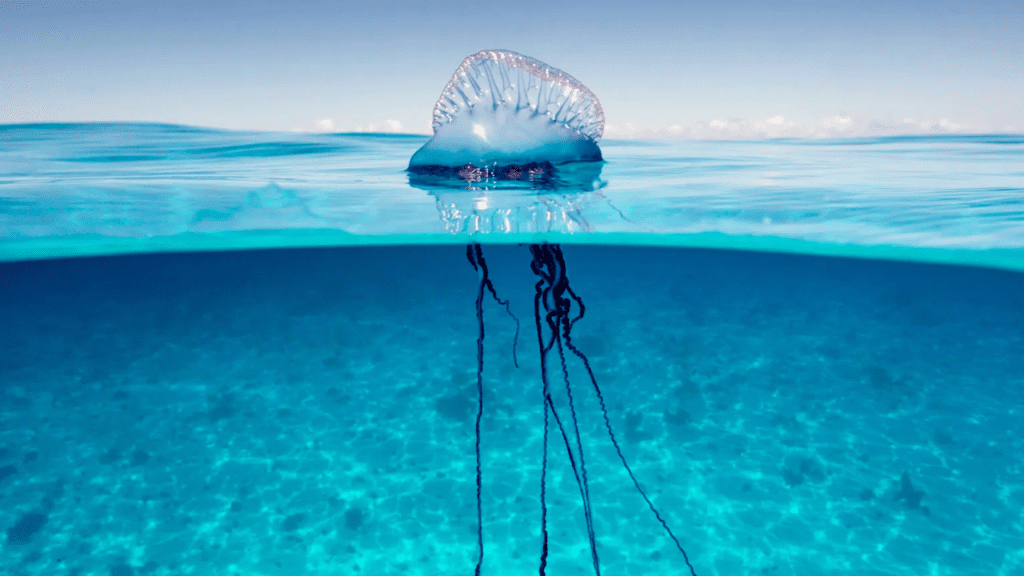
Habitat
The surface of the open ocean
Location
Primarily in the Atlantic Ocean and the Indian Ocean
Feed
Small fish and plankton
The sting of the Portuguese Man O’ War can cause severe pain, fever, shock, and in rare cases, death. Even dead specimens washed ashore can still sting, making them a threat to beachgoers.
9. Pufferfish: The Toxic Delicacy
Pufferfish, also known as fugu in Japan, are famous for their lethal toxin, tetrodotoxin. Despite the risk, they are considered a delicacy in some cultures.
Size
Around 1 to 2 feet
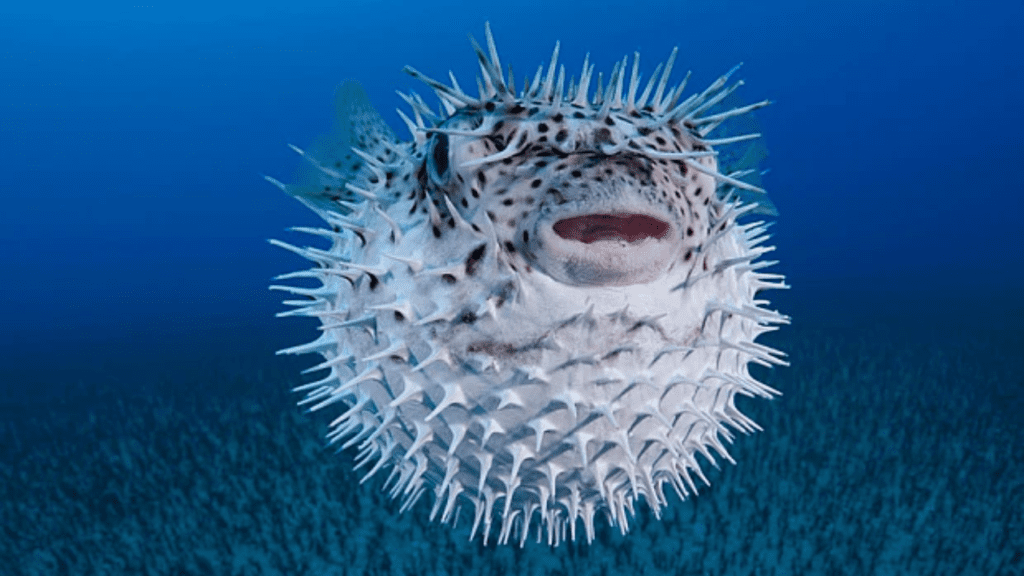
Habitat
Coastal waters, often near coral reefs
Location
Found in the Pacific and Indian Oceans, particularly in Japan and Southeast Asia
Feed
Algae, invertebrates, and small fish
Pufferfish contain tetrodotoxin, which is 1,200 times more toxic than cyanide. This neurotoxin can cause paralysis and death within hours if ingested. Only specially trained chefs are allowed to prepare fugu, but even then, the risk remains high.
Dive deeper into the mysteries of the sea universe and uncover the secrets of the Top 10 Animals in the Black Sea dive into their world to learn about them!
10. Sea Snake: The Venomous Serpent
Sea snakes are highly venomous creatures that spend most of their lives in the ocean. They are closely related to cobras and are known for their potent venom.
Size
Typically 3 to 5 feet
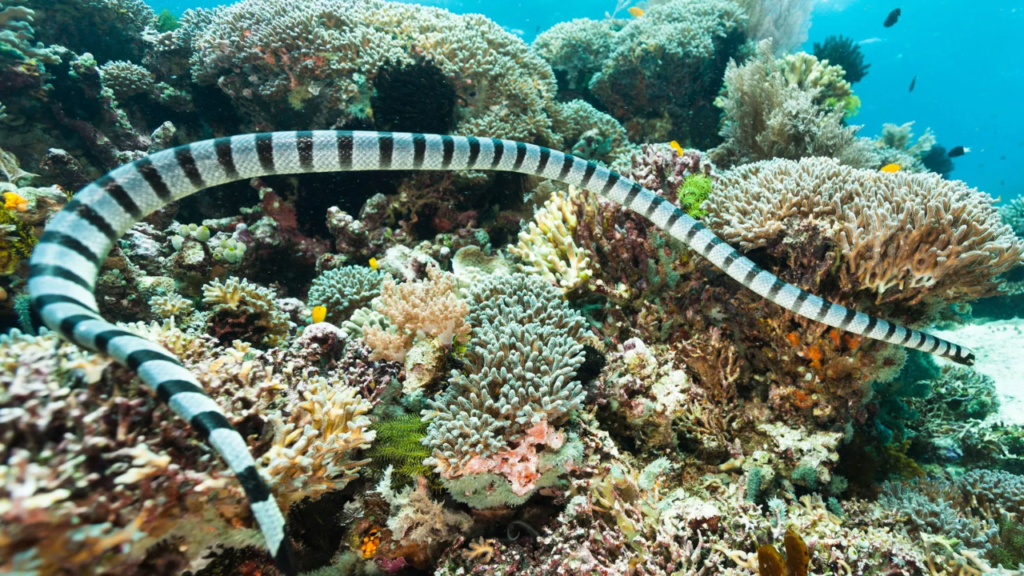
Habitat
Warm coastal waters, often near coral reefs and estuaries
Location
Indian and Pacific Oceans, particularly around Australia and Southeast Asia
Feed
Fish and eels
Sea snakes are generally not aggressive, but their venom is extremely potent. A bite can cause muscle paralysis, respiratory failure, and death. Although they tend to avoid humans, accidental encounters can lead to serious consequences.
Some More
Conclusion
The ocean is a magnificent and mysterious place, but it also harbors some of the most dangerous creatures on Earth. Understanding these creatures and their behaviors is crucial to staying safe while enjoying the sea.
- Awareness: Most dangerous sea creatures are not aggressive but can be deadly if provoked.
- Caution: Always be cautious and aware of your surroundings when in the ocean.
- Respect: Respect these creatures and their habitats to prevent dangerous encounters.
By being informed and cautious, you can enjoy the ocean’s beauty while minimizing the risks posed by its most dangerous residents.
Frequently Asked Question
Are all sea snakes dangerous to humans?
While all sea snakes are venomous, they are generally not aggressive towards humans. Most sea snake bites occur when they are accidentally provoked or handled, but their venom is potent and can be lethal if untreated.
What should I do if I encounter a box jellyfish in the water?
If you see a box jellyfish, immediately exit the water calmly and avoid touching it. In the event of a sting, seek medical help immediately, as the venom can be fatal. Vinegar can be used to deactivate the nematocysts (stinging cells) before seeking medical attention.
Can I safely eat pufferfish (fugu) at a restaurant?
Pufferfish can be eaten safely if prepared by a specially licensed and trained chef. However, because of the high risk of tetrodotoxin poisoning, it’s important to only consume pufferfish from reputable establishments
How can I avoid being attacked by a great white shark?
To reduce the risk of a shark attack, avoid swimming during dawn, dusk, or nighttime when sharks are most active. Stay in groups, avoid wearing shiny jewelry, and don’t swim near schools of fish or seals, as these may attract sharks.
What makes the Portuguese Man O’ War so dangerous?
The Portuguese Man O’ War is dangerous because its long tentacles contain venomous cells that can cause severe pain, shock, and even death in rare cases. Its sting can remain potent even after the organism is dead and washed ashore, posing a risk to beachgoers.

